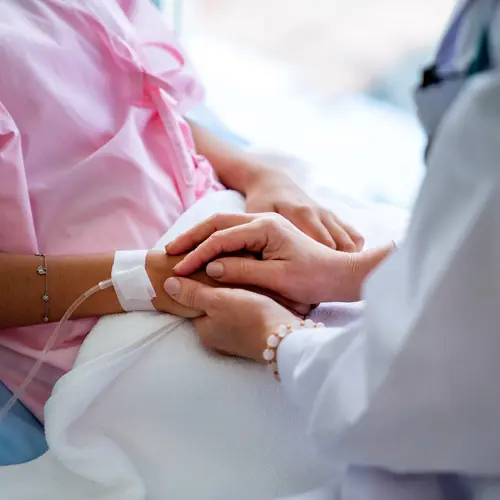Chemotherapy is a common treatment for all kinds of cancer. The drugs shrink or kill your cancer cells so they can’t grow or spread to your other organs. There are many types of chemo drugs and different ways you can take them.
What Forms Do They Come In?
- Pills or liquids that you swallow
- Shots into your muscles or under your skin
- Infusion directly into an organ or your spine
- IV infusions into your veins
If you take your drugs by pill or liquid at home, follow your doctor’s instructions carefully. Store your drugs properly and take them on schedule.
Most people take their drugs through an infusion port, a medical device placed beneath the skin that connects to a vein. You’ll have to go to your doctor’s office, hospital, or a chemotherapy clinic to get your infusions. There, while you recline in a lounge chair, a nurse will put the chemotherapy through the infusion port.
Depending on the type of drug you take, sessions usually last a few hours. Others may last a day or more, with breaks every so often.
You can keep working during treatment, but you may be too tired or nauseated. Try scheduling your appointments later in the afternoon or before the weekends so you can rest. Ask your boss or human resources department about working part-time or from home if your fatigue makes it hard to do your job.
Catheters, Ports, and Pumps
To deliver the drugs more effectively, your doctor may use one of the following devices:
- Catheters. These soft, thin tubes hold the liquid drug. They go in one of the larger blood vessels in your body, such as in your chest. And they stay in your body between treatments so you don’t have to get stuck with a needle every time. Depending on the type of cancer you have or the treatment you need, you might get a catheter that goes near your spinal cord. Other kinds go into a hollow space in your chest, belly, or pelvis. Once the drugs are injected, your doctor will remove this kind of catheter.
- Ports. These are small metal or plastic discs that your nurse places under your skin and connects to a vein. Once yours is in, you'll be able to feel it, but it shouldn’t hurt you. Then they’ll put a needle into the port to deliver your drug. This needle can stay in the port if your session lasts more than one day. Your doctor can take the port out once you’re finished with treatment.
- Pumps. These devices control how much of the drug you’re getting. They’re attached to either ports or catheters, and can be either outside or inside your body. You can carry an external pump around with you during the weeks you’re having treatment.
How Often?
Each cancer drug is given on a different schedule. You can have chemotherapy once a week or for several days, then rest for several days or weeks. The breaks give the drugs time to do their job. Rest also gives your body time to heal so you can handle side effects like nausea, hair loss, or fatigue. Each set of doses is called a cycle.
You may need four to eight cycles to treat your cancer. A series of cycles is called a course. Your course can take 3 to 6 months to complete. And you may need more than one course of chemo to beat the cancer.
Your dose might be based on your body weight. The more you weigh, the larger the dose. Some drugs take both your height and weight into account.

